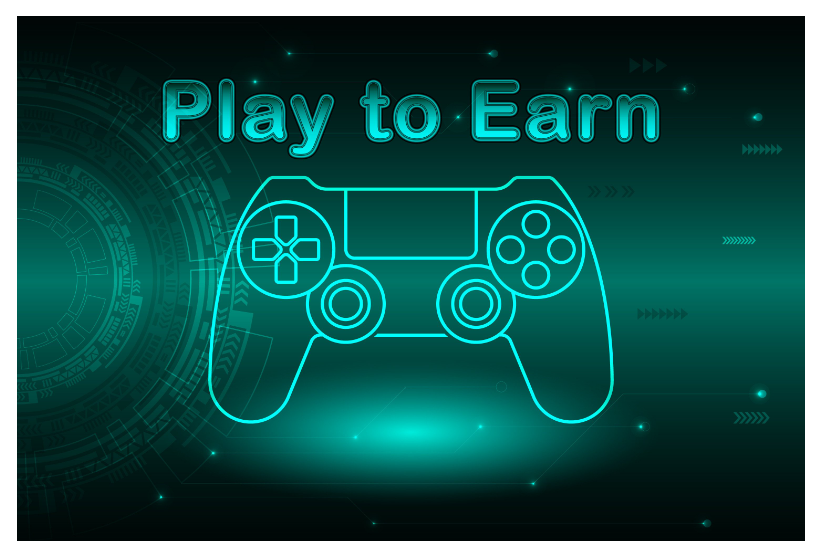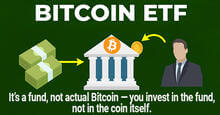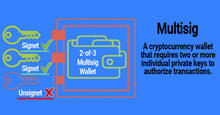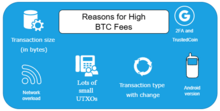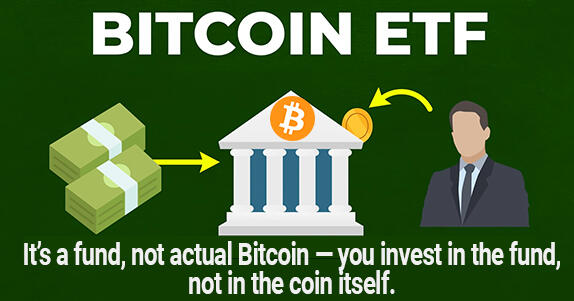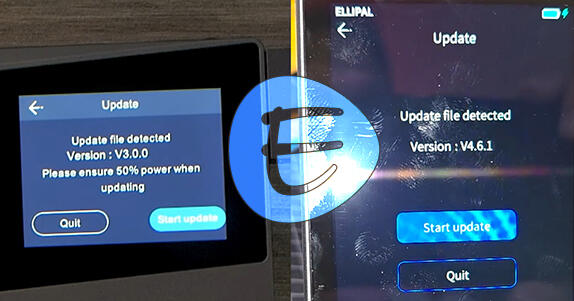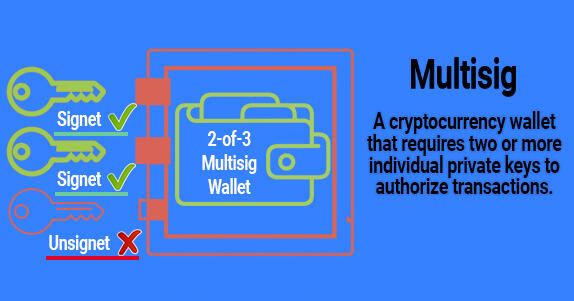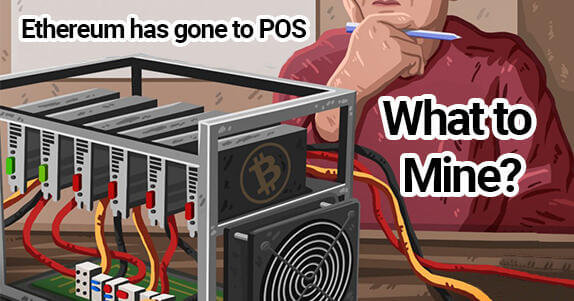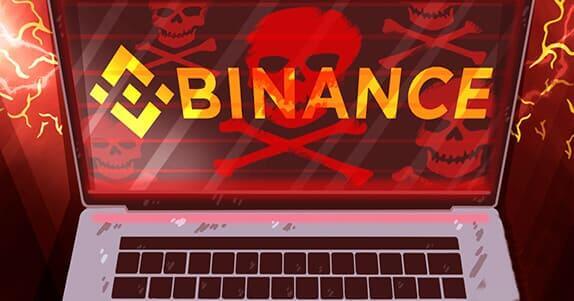What Are Play to Earn Apps? Full Guide. Example of games
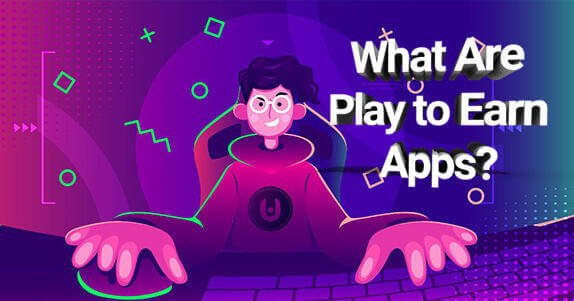
One of the hottest sectors in the Web3 world, GameFi, is basically a model that allows players to earn a living and pay their bills by simply playing games.
Unlike the traditional online games that require players to grind and spend hours in front of their computers or holding their phones to advance to the next level, GameFi makes it possible to earn in-game money and make even more by selling outfits, weapons, and more!
This all makes us think that the era of traditional online gaming is about to come to an end. Players don’t want to be an instrument of greedy economies anymore – they want to own the prizes and assets collected in the game and do whatever they want with them.
And, when knowing that an average person spends somewhere around 5 hours a day using their phone, it’s clear to see why this industry has such a vast earning potential.
So, today, we’re going into nitty-gritty details of what are play-to-earn apps, the economies behind this model, and what the future holds for both players and companies developing these apps.
What Are Play to Earn Apps, Exactly?
Well, a play-to-earn app is pretty much a self-explanatory concept. It’s an app that provides monetary benefits to everyone who interacts with it. However, unlike traditional apps, play-to-earn apps (some of which are built on the blockchain) give players gift cards as rewards while others pay out rewards in cryptocurrencies.
The logic behind these apps is simple – people use them to take their minds off long and hard days at work and because there is that financial incentive to spend more time playing games. Needless to say, the longer they use the app, the easier it is to collect valuable in-game assets, get more gift cards, or rewards in crypto.
The Play-to-Earn Financial Model
Instead of bringing value to the gaming companies exclusively, the P2E model brings value to both players and development and blockchain-based gaming companies. P2E is truly revolutionizing the industry since now, players exchange their time for valuable prizes, such as gift cards, weapons, tokens, or NFTs (we’re going to talk more about this in a minute) instead of unlocking prizes that are beholden to the gaming companies.
Speaking of tokens, it’s worth mentioning that plenty of blockchain-based PE2 apps have their tokenomics and crypto tokens built on various blockchains, whether it be Ethereum, Solana, or Polygon. Each app features a different economy but all of them provide value to a player who is renting their piece of virtual land, winning the fights, or selling in-game NFTs.
What Are Some of the Most Popular P2E Apps?
InboxDollars, Blackout Bingo, Swagbucks, Mistplay, AppStation, and Cashyy are some of the most popular play-to-earn apps out there. Most of these can be downloaded from the Google Play and App Store, have great reviews, and are free to interact with.
It goes without saying that it takes time, concentration, and strategy to master any of these games and to start earning but, so far, it seems totally worth the effort. However, keep in mind that most of these apps make it possible to earn some dollars but pay out rewards via gift cards and not real cash. Players who interact with these apps for 40 or more hours a week can earn $500 on average.
On the other hand, the DeFi (decentralized finance) world makes it possible to earn crypto and then exchange it for fiat money. This puts you in control over your money instead of handing this right over to a bank. DeFi for beginners can be a bit overwhelming but, once you get a grasp of it, you’ll understand why it is the future of finance. DeFi, along with non-fungible tokens, also known as NFTs, make central parts of the decentralized internet, or Web3.
Axie Infinity, CryptoKitties, and DeFi Kingdoms are some of the NFT-powered play-to-earn apps that have been making it possible for thousands of players to earn a (decent) living. For instance, Axie Infinity, which has been around for 4 years already, boasts 2.8 million daily users that collect Axies (creatures in the form of an NFT), send them to battles, and breed them to collect SLP tokens that are convertible to fiat.
Bored Ape Yacht Club (BAYC), Treeverse, and Forgotten Runs Wizard’s Cult have announced some major partnerships and releases of their own P2E apps we are all looking forward to.
If you’re willing to take the time to learn more about DeFi risks, then you can start with Top 5 biggest DeFi risks that scare Crypto Community.
Are All Play-to-Earn Apps Free?
Of course not! If there was no one willing to invest money in these apps, the P2E model would be in vain. People who pay to play are actually a super-important part of this model and, sometimes, the only source of revenue for the company.
We can divide them into two categories – whales (the ones that are heavily invested) and minnows (the ones that invest very little). Without them, these apps and the economies they are built on wouldn’t be functioning since players that invest their money besides their time feed the hype train and attract new players.
When we talk in terms of NFTs, most minters typically sell their NFTs for a profit, yet, some of them decide to participate and, eventually, spread the word if they like the game. That is why developers working on these P2E apps need to think about many other aspects than just making money. They need to develop a playable app around which the community will gather (since players and developers create, let’s call it that way, a business partnership).
And then, other players, the ones who have not minted but would like to participate have to go to the marketplace and buy an NFT (thus, you have to basically pay some to earn some, although the earning potential is typically much higher than the price of an NFT). The project earns money from royalty fees, flippers earn by, well, flipping, and players by interacting with the app/game.
Another method development companies use to monetize their apps is to display ads to players. The more time they spend on the app, the more ad revenue the company makes. This is typically the case with P2E apps that give gift cards or reward users in one of the existing, popular cryptocurrencies such as Bitcoin (thus the names – Bitcoin Pop or Bitcoin Tycoons).
What the Future Holds for P2E Apps?
Soon, players and gamers will enter the virtual world, the Metaverse. This would enable switching places in a matter of seconds. One moment, you’ll be somewhere by the beach, the next in a medieval pub, and so on. This virtual world will be a place to socialize but it will also provide even more money-earning opportunities.
It’s not a secret that the current play-to-earn world is, still, second-class, and needs more creativity, innovation, and a plethora of improvements. Yet, the more traditional gamers embrace this model, the more attention will be paid to some of these aspects that need to be upgraded. The quality level of the current P2E apps will rise, and, once that happens, the entire world is going to want to ride this gravy train.
Summary
Play-to-earn apps brought the idea of having fun and earning money at the same time into life. Completing tasks, going on missions, and battling other players can actually bring players more than a decent income while other players can also buy any of the in-game assets and improve their digital world experience.
One thing is for sure – the money-making potential of P2E is huge and we’re yet to discover the real benefits of this model in the following years since it’s definitely here to stay.
If you're looking for more information, we recommend checking out the tradecrypto.com website. They have a ton of great resources that can help you learn more about the P2E model and how it can benefit you. Thanks for reading!

